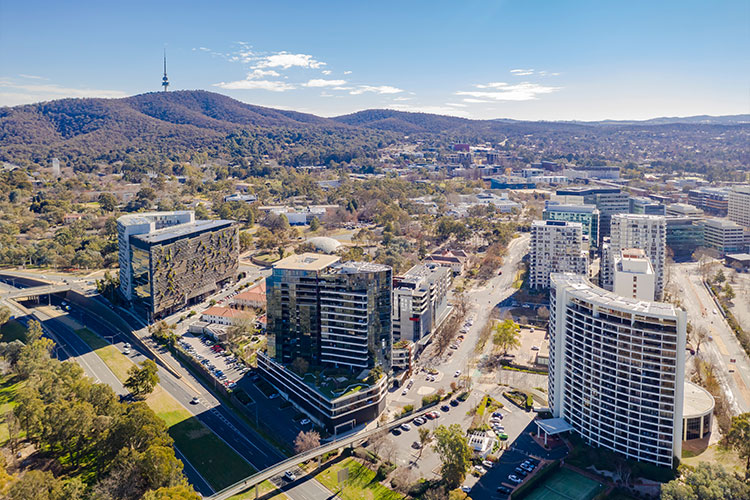

The Government of the Australian Capital Territory is establishing a nationally consistent approach to measuring emissions in the commercial construction sector
June 24, 2024 | Staff Reporter | Australia | Facilities Management

The Australian city of Canberra has secured agreement at a national meeting of building ministers to establish a nationally consistent approach to measuring emissions in the commercial construction sector. Minister for Sustainable Building and Construction at the Government of the Australian Capital Territory, Rebecca Vassarotti, said the new nationally consistent approach will provide “the right foundations” to reaching net-zero carbon in the construction of new commercial buildings.
Overall Carbon Emissions
“Tackling the climate crisis head on demands a spotlight on every part of our economy contributing to the ongoing destruction of the planet,” said Minister Vassarotti. “Across Australia, new buildings represent 10% of overall carbon emissions. Most of these emissions come from the materials, transport and construction associated with new buildings. Currently, there is no national standard for measuring what we call ‘embodied carbon’, that is, the emissions that come from building materials, transport, construction, repairs, and renovations. That’s why I have proposed updates to the National Construction Code to bring every state and territory under the same system to start measuring carbon emissions in construction of commercial buildings.”
As the climate gets hotter and our energy demands increase, a building’s ability to withstand extreme weather events will become paramount to the health and safety of the people in it.
Rebecca Vassarotti, Minister for Sustainable Building and Construction at the Government of the Australian Capital Territory
Vassarotti said establishing a nationally consistent approach to measuring emissions is the first step to empowering governments across the nation to develop robust action plans to effectively combat and reduce emissions within the sector. It will also support the construction industry by providing a single national approach, removing confusion and administrative costs from potentially having to comply with multiple schemes. “This work complements efforts already underway in the ACT to develop a 10-year pathway towards achieving the world’s best practice, sustainable buildings,” added Vassarotti. “As the climate gets hotter and as our energy demands increase, a building’s ability to withstand extreme weather events will become paramount to the health and safety of the people in it. I am committed to a legacy where our buildings within the territory are high-performing, affordable, and work with, not against, the natural environment for years to come.”